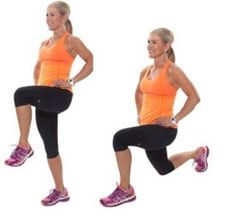Hamstrings
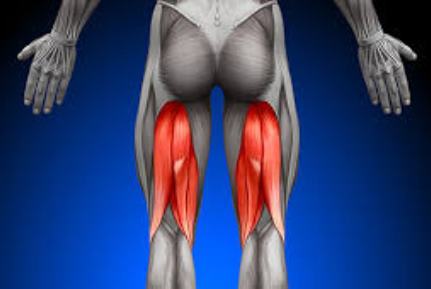
The hamstrings are 3 muscles that extend along the back of the thigh from the hip to the knee, which are used during running, climbing & jumping to flex the knee, tilt the pelvis & twist the knee in flexion. They also work with the glutes to extend the hip when standing up. Injuries to the hamstrings are common because if they are simulataneously used for knee flexion & hip extension, eg. in sprinting, each end of the muscles draw nearer to each other which increases the tension within the muscle.
CAUSES:-
• Stretching the muscles beyond their limit
• sudden, explosive movements or change of direction, eg.sprinting, jumping, football, rugby
• recurring injury
• in sprinters just before the outstretched leg hits the ground,the hamstrings have to suddenly contract to bend the knee
RISK FACTORS:-
• Muscle strength - mainly weak hamstrings
• Imbalance between quad & hamstring strength
• Warming up – injury is less likely with a warm up
• Tiredness - a footballer is more prone to injury in the second half of a match
• Overall fitness
• Core stability
• Flexibility
• Previous hamstring injury (up to 33% of all hamstring injuries)
• Older age
• Prolonged sitting – can cause weak glutes which increases impact on hamstrings
INJURIES HAMSTRING STRAINS:-
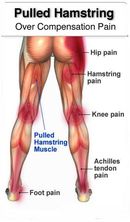
GRADE 1 – a mild strain, sudden pain at the back of the thigh but muscle strength shouldn't be affected, few days recovery
GRADE 2 – a partial muscle tear, more painful ,swelling & bruising at the back of the thigh & some loss of muscle strength ,few weeks to a few months recovery
GRADE 3 – a complete muscle tear, very painful, swollen & bruised, sometimes with a "popping" sensation at the time of the injury, & loss of function, few weeks to a few months recovery A hamstring strain is most likely at the middle of the back of the thigh where the muscle joins its tendon or at the base of the buttocks.
SYMPTOMS:-
• May be a popping sensation at time of injury
• Pain
• Tightness & tenderness
• Muscle spasms & cramping
• Swelling & bruising
• Difficulty walking
• Loss of function
• a gap in the muscle may be felt
COMPLICATIONS
Grade 2 & 3 injuries take longer to recover from & may be debilitating enough to end a professional sports career
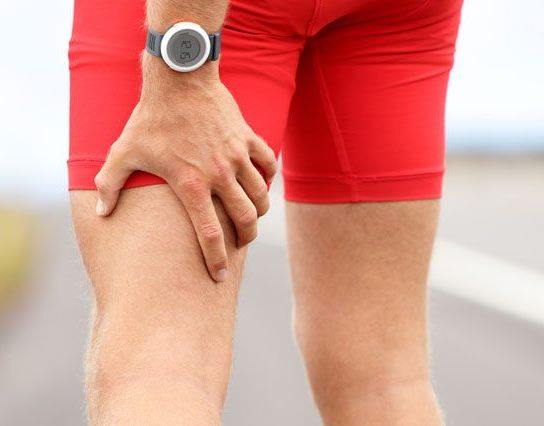
TREATMENT
Days 1-3
• REST – avoid physical activity. Crutches may be required for more severe injuries.
• ICE – apply ice packs for up to 20 minutes every 2 to 3 hours to reduce the blood flow & therefore pain & inflammation:
• COMPRESSION –bandage the thigh to reduce swelling
• ELEVATION – keep your leg elevated as much as possible to reduce swelling.
• non-steroidal anti-inflammatories for pain relief
AVOID:-
• Heat - hot baths, heat packs, saunas as it will increase blood flow & inflammation
• Alcohol - can increase bleeding & swelling & slow healing
• Running or any exercise which may cause further damage
• Massage - may increase swelling & bleeding. Rehabilitation – to reduce the risk of a repeat injury. You can have physiotherapy or sports massage after 72 hours. Surgery may be required for grade 3 tears.
RECOVERY
• start doing gentle stretches after a few days, once the pain has eased, any quicker could worsen the injury, & leaving it too long can cause the muscles to shrink & become encapsulated in scar tissue, which will then affect muscle function. Walking & cycling can then be introduced gradually.
• grade 3 tear will take longer to heal & usual training will not be possible until flexibility & strength have returned
• warm up & cool down when exercise is reintroduced & stop if painful
PREVENTION:-
STRETCHES & EXERCISES:-
Doing exercises to maintain flexibility & muscle strength will help prevent re-injury eg.hamstring curls & Nordic hamstring exercises. Also ensure that both the hip extension & knee flexion functions of the hamstrings are worked on.
NORDIC HAMSTRING EXERCISE
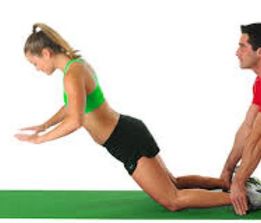
• increases hamstring muscle strength at the point in running where the risk of injury is highest
• do not do following recent injury
prevent repeat injury by up to 85% if done regularly
• gradually increase frequency & repetition to avoid DOMS (delayed-onset muscle stiffness)
To do the exercise kneel up with your hands in front of you & ensure that your feet are held down at the ankles. Lower yourself towards the ground as slowly as you can & when you can no longer hold yourself, drop down to the floor but use your arms to push yourself back up immediately (do not use your hamstrings to get back up)
PRE-WORKOUT STRETCHES
Lying L Sit
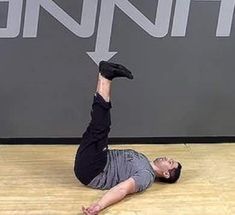
Kneeling Half-Mountain Climber Bow Draw
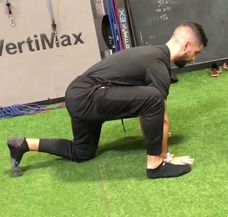
Lying Warrior
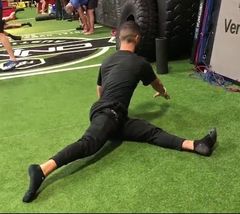
TO WORK HIP EXTENSION
Romanian Deadlift
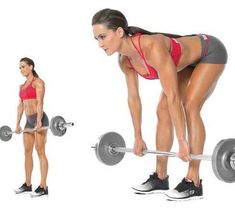
Back Extension
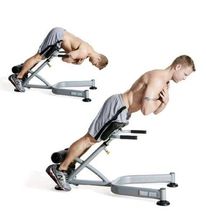
Kettlebell Swing
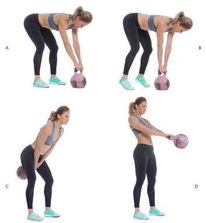
TO WORK KNEE FLEXION
Machine Lying Leg Curl
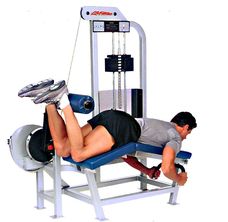
TO WORK BOTH HIP EXTENSION/KNEE FLEXION
Swiss-Ball Leg Curl
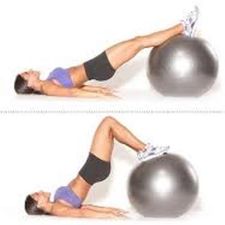
Slider Leg Curl
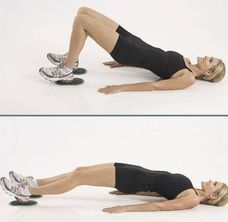
BONUS EXERCISES
These exercises work both the quadriceps & the hamstrings
Bulgarian Split Squat
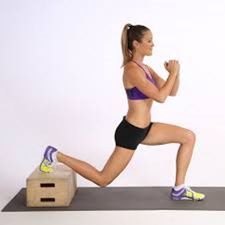
Walking Lunge
